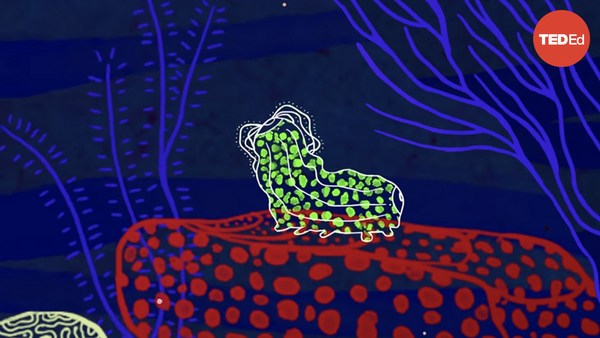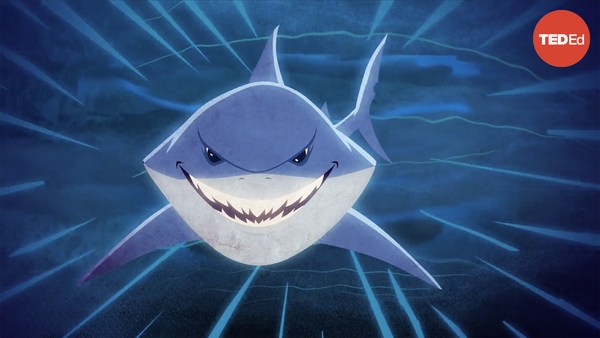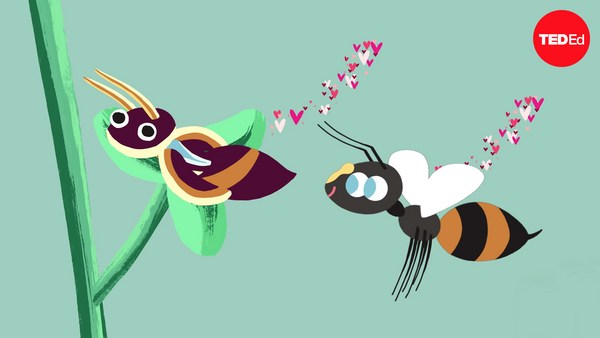Take a good look at this slug. No, not that— that’s a leaf. This slug. There we go. Elysia chlorotica may not look like much— okay, it looks like a bright green leaf— but it’s one of the most extraordinary creatures around. Living in salt marshes along the east coast of North America, it can go about a year without eating. During that time, it lives like a plant.
Generally speaking, animals are what are called heterotrophs, meaning they can’t produce their own food— they’re consumers of other life. Plants, meanwhile, are autotrophs, or producers: they can synthesize their own fuel from sunlight, CO2, and other inorganic compounds. Plants do this by using organelles called chloroplasts, which give them their bright colors and convert sunlight into food through photosynthesis.
Elysia is what’s called a mixotroph: it can both consume food, like animals, and produce its own through photosynthesis, like plants. In fact, Elysia steals its ability to photosynthesize from the algae it eats by piercing the algal cells with specialized pointy teeth, called radula. It sucks the cell empty and digests most of its contents, but the chloroplasts remain intact. They’re incorporated into the epithelial cells lining Elysia’s digestive system that branches throughout its flat body. This makes the slug look even more leaflike, providing camouflage as well as food.
As incredible as this adaptation is, there are more than 70 species of slug that steal chloroplasts from their food. What makes Elysia and a few closely related species in the Mediterranean and Pacific unique is how long they can hold onto chloroplasts— most other slugs keep them for a few weeks at most. This longevity seems to be due to the survival abilities of both plastids and slugs. Specifically, the chloroplasts of certain algae can repair their own light-harvesting systems, while most chloroplasts are thought to rely on their host cell and its genes for repairs. This makes the chloroplasts able to sustain themselves for longer inside the slug. Meanwhile, the slug adjusts its gene expression to improve its relationship with the chloroplasts and removes damaged plastids to avoid accumulation of potentially damaging chemicals.
Though few species can steal organelles from another species’ cell, these slugs are far from alone in getting an assist from plants. Organisms as diverse as corals, giant clams and sponges have symbiotic algae living inside their cells, supplying them with organic compounds through photosynthesis. In turn, they supply their little helpers with shelter and inorganic compounds. Some of these mixotrophs even transmit the algae to their offspring. Without the aid of these algae, filter-feeding corals, clams, and sponges would not gain enough nutrition in the nutrient-poor tropical ocean, and the dazzling coral reefs they build simply would not exist.
Mixotrophy even cuts both ways: an alga called Tripos furca can consume several microscopic animals a day, allowing it to survive in darkness for weeks. Tripos is in turn eaten by other mixotrophic algae, providing frequent opportunity for exchange of organelles such as chloroplasts. This seems to allow some algae to survive in parts of the dark ocean such as the Mariana Trench, which plants otherwise wouldn't be able to inhabit.
The processes by which Elysia becomes photosynthetic and Tripos switches between feeding modes are reminiscent of what scientists believe led to the origin of all plants. Single-celled animals preyed on cyanobacteria. Some of these tiny plants were not digested and lived on in the animal cells, eventually giving rise to chloroplasts. But these first eukaryotic plants were soon consumed by other animals, which hijacked the precious chloroplast, just like Elysia. And following the example of eating and being eaten, we’ve seen in the case of Tripos, this chloroplast heist happened up to three times, giving rise to plastids with four membranes and the ocean’s most productive plants and forests.


